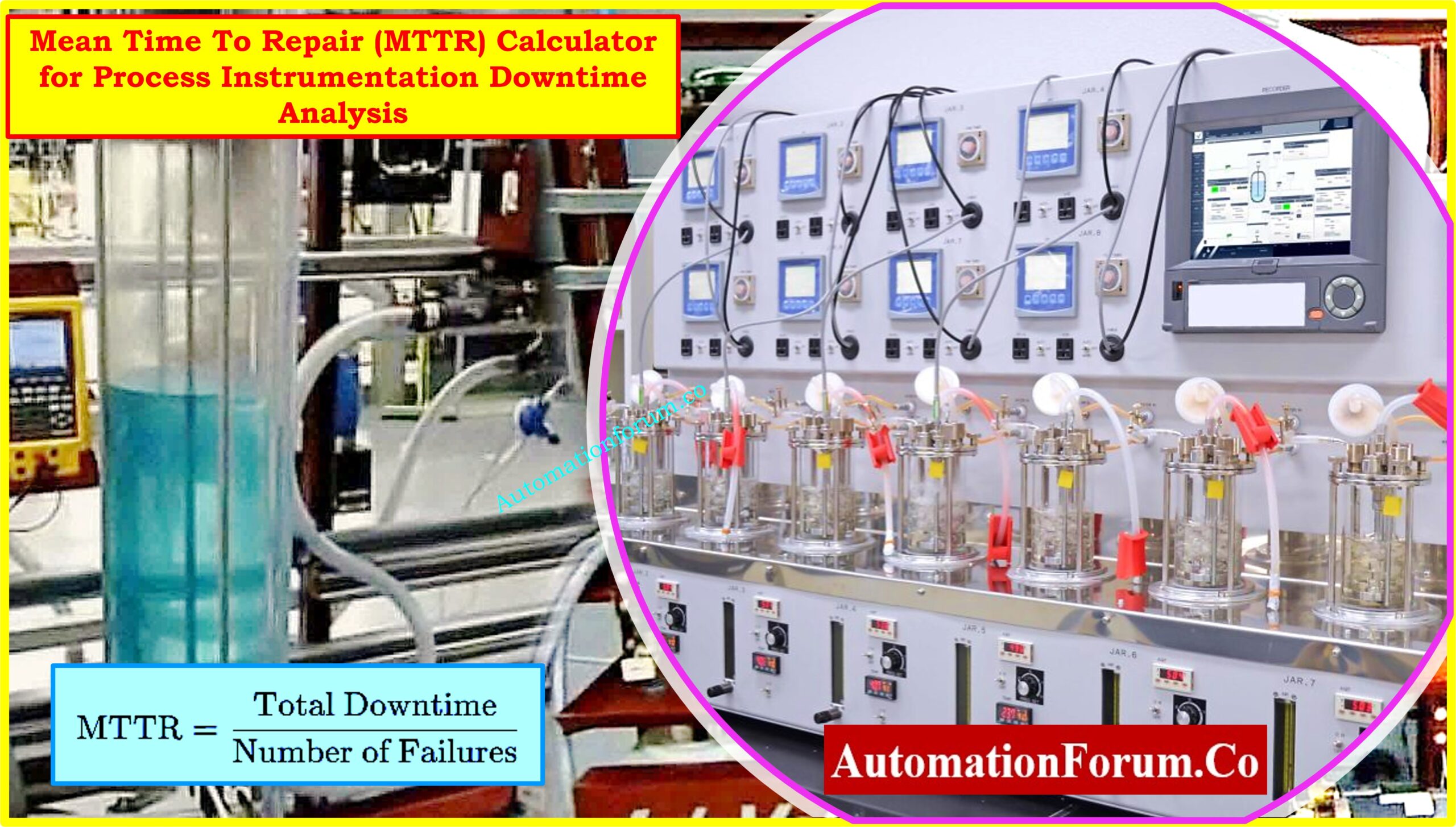The tool allows users to convert their Barrels per Day (BPD) data into the universal measurement of Cubic Meters per Hour (m³/h). Various operations in the industry benefit from this conversion which helps create pipeline designs while achieving oil and gas production optimization and enhancing fluid operations throughout different sectors.
Definition: Barrels per Day (BPD)
The oil and gas sector uses Barrels per Day (BPD) as its primary standard whenever measuring volumetric flow rate. One barrel equals the daily volume of fluid which mostly includes petroleum products and crude oil.
Key Applications of Barrels per Day (BPD):
- Primary use of Barrels per Day (BPD) occurs during the measurement of petroleum extraction and refining production rates.
- The production capacity of fuel at refining installations determines measurement through barrels per day data.
- Energy companies need to assess pipeline and transportation performance within the sector.
Definition: Cubic Meters per Hour (m³/h)
The measurement of large volumetric flow rates works through the metric unit known as Cubic Meters per Hour (m³/h). The industrial process together with municipal distribution systems and water treatment facilities use this metric to manage their high-volume flow operations.
Key Applications of Cubic Meters per Hour (m³/h):
- The measurement of industrial fluid movement through pipeline systems involves liquid and gas substances.
- The oil and gas industries use pipeline capacity monitoring to study transportation flow.
- Water distribution services for both municipalities and commercial entities stay under management.
Formula for BPD to m³/h Conversion
The conversion between Barrels per Day (BPD) to Cubic Meters per Hour (m³/h) requires applying the following formula:
Flow in m³/h = Flow in BPD × 0.006622
Calculating the equivalent flow rate in m³/h requires you to multiply BPD value with 0.006622 since one barrel per day equals approximately 0.006622 cubic meters per hour.
Example Calculation
Your current flow rate checks in at 10,000 BPD. To convert it to m³/h:
10,000 BPD × 0.006622 = 66.22 m³/h
The conversion of 10,000 BPD flow produces an equivalent rate of 66.22 m³/h.
Quick Reference Conversion Table
| Barrels per Day (BPD) | Cubic Meters per Hour (m³/h) |
| 1 BPD | 0.006622 m³/h |
| 100 BPD | 0.6622 m³/h |
| 1,000 BPD | 6.622 m³/h |
| 5,000 BPD | 33.11 m³/h |
| 10,000 BPD | 66.22 m³/h |
| 50,000 BPD | 331.1 m³/h |
| 100,000 BPD | 662.2 m³/h |
Uses of Barrels per Day (BPD) to Cubic Meters per Hour (m³/h) Conversion
- The conversion allows oil and gas operations to track petroleum materials during their movement while achieving optimal flow optimization.
- Engineers working with pipelines utilize this particular measurement as a tool to determine pipeline design parameters.
- Processing plants together with refineries utilize this metric to control production processes and increase operational efficiency.
- The environmental and sustainability teams employ this conversion for fluid transport measurement while working to reduce waste production.
- Many municipal water treatment facilities execute these mathematical conversions when dealing with large fluid transport operations.
The conversion tool enables engineers and hydrologists and professionals working with fluid dynamics and industrial processing and petroleum management to obtain essential support. This conversion method leads to precise fluid calculations which brings better operational efficiency to various industries.
Here you can refer more 200+Online Instrumentation Calculators





